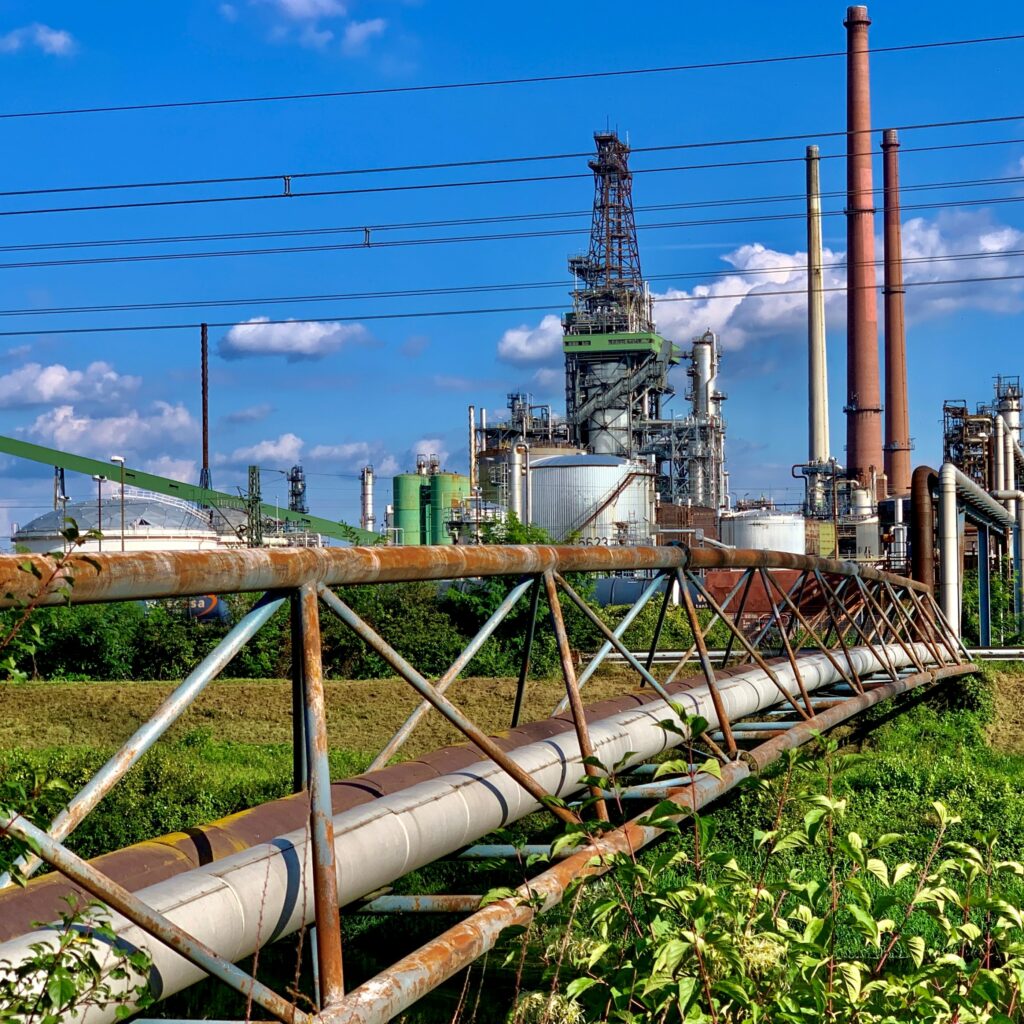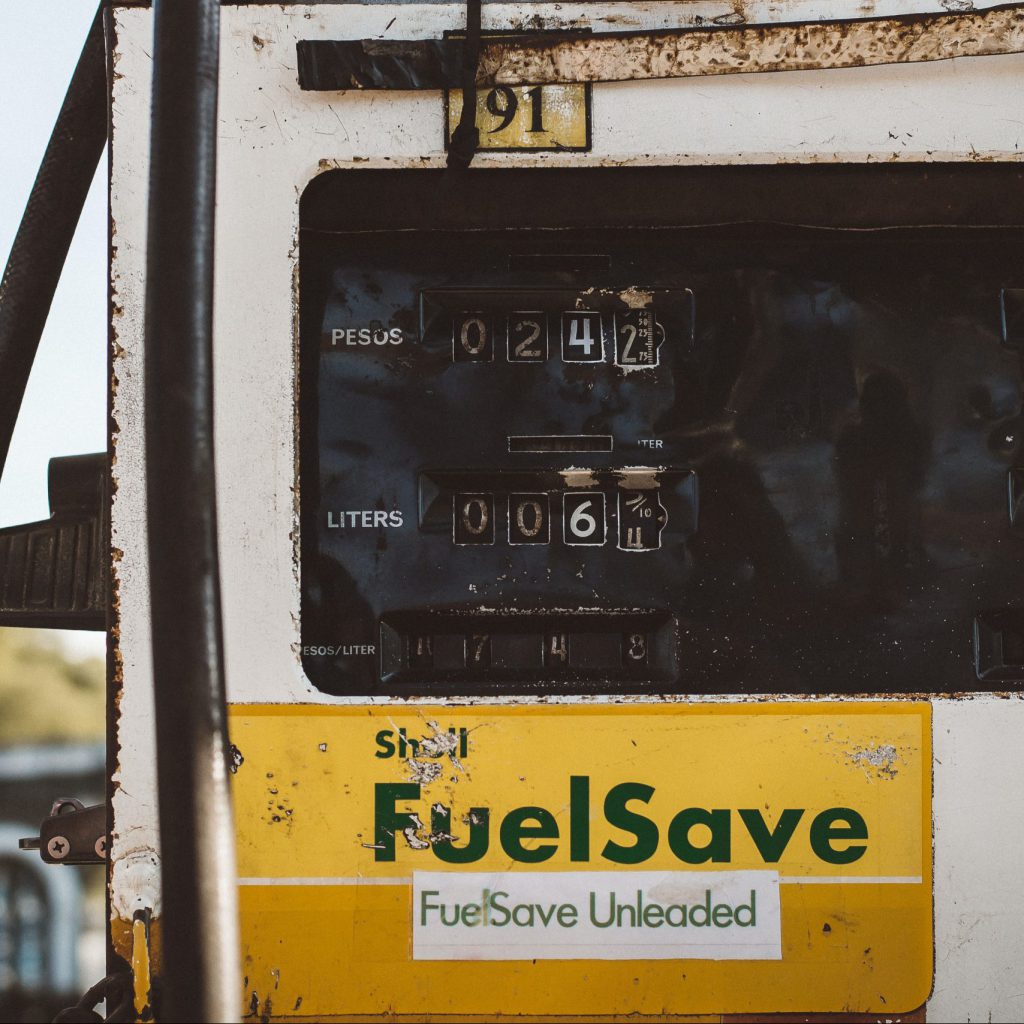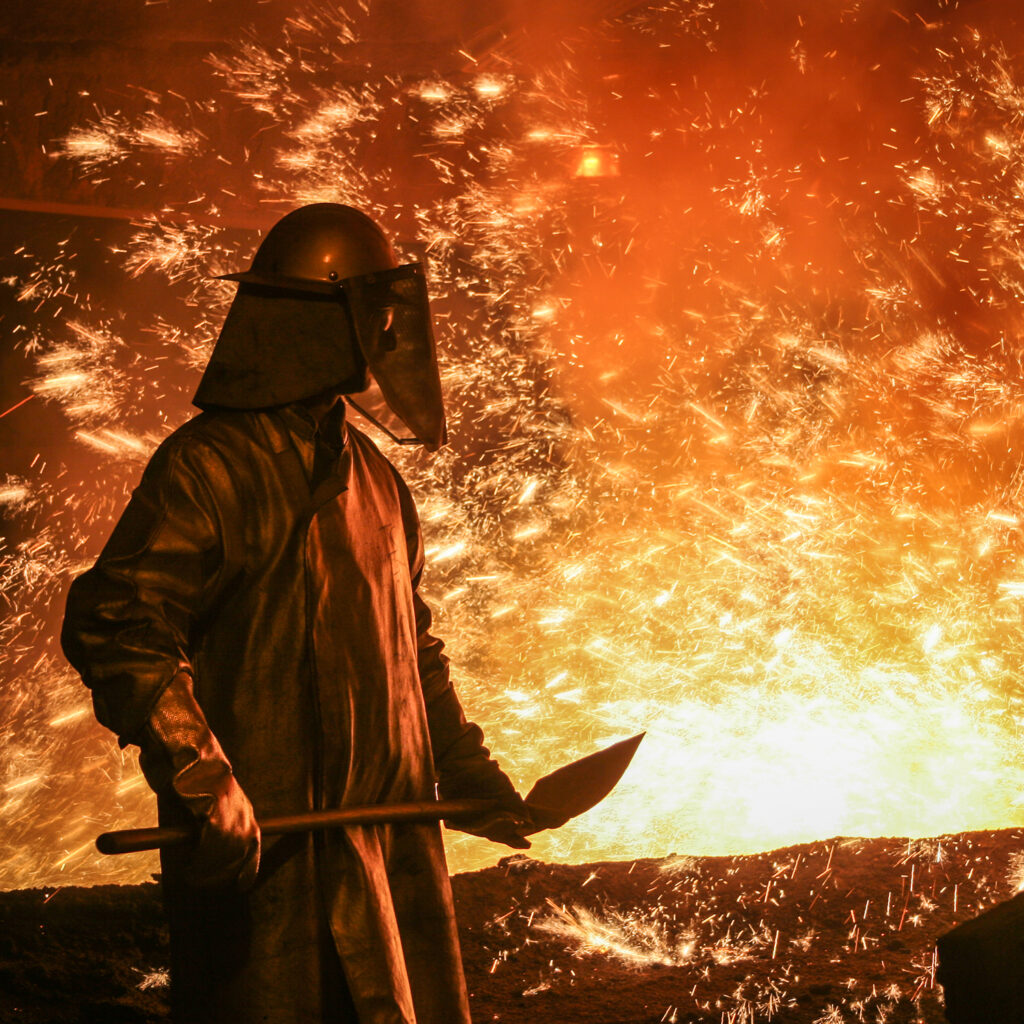The carbon footprint of the steel supply chain
Towards the decarbonisation of the steel industry
Steelmaking is a complex process that involves several energy-intensive steps and which can generate significant amounts of carbon dioxide. McKinsey & Company indicates that one metric ton of steel produces 1.8 metric tons of CO2. New regulations focusing on sustainability are now requesting companies to reduce their emissions. For this reason, several players in the steel industry are actively looking for ways to decarbonise their processes.
The steelmaking process
The two main steelmaking routes are the Basic Oxygen Furnace (BOF) and the Electric Arc Furnace (EAF). In this blog post, we explore how these two processes work and how innovations in steelmaking can help the industry towards decarbonization.
BOF and EAF
The most common method used in the industry is oxygen steelmaking. Simply described, this process starts with ironmaking, in which iron ore is transformed into iron and subsequently, transferred to a basic oxygen furnace where the metal is transformed into steel. The CO2 emissions of this process are extremely high, with values up to 2000kg of CO2 per ton of steel.
On the other hand, the electric furnace is a less common process in the steel industry. In this case the input material is recycled steel scrap, which only needs to be melted, refined and casted. This is why this process has lower carbon emissions compared to the BOF (around 400-800 kg of CO2 per ton of steel). The electric arc furnace is estimated to become the most used steelmaking process by 2050, with 65% of steel plants using it (McKinsey & Company).
The decarbonization of the steel industry
For both methods there are different solutions that can be implemented to decarbonize the steelmaking process.
Regarding the BOF, the main problem lies at the very beginning of the ironmaking process. Indeed, the transformation of iron ore, which in nature is not a metal, into metallic iron, is very energy-intensive. To reduce emissions in this stage of the supply chain, it may be possible to adopt alternative energy sources. One potential solution is the use of hydrogen, instead of carbon. However, it is important that hydrogen comes from a green source, indeed most of it today is “blue” hydrogen coming from fossil fuels. Some green hydrogen plants are being built around Europe, such as the ones for TATA Steel and SSAB. Regarding the remaining steps of the steelmaking process, these can be electrified.
Considering the EAF, this process already has a lower carbon footprint than the BOF, however further measures can still be taken to reduce it even more. To reduce emissions, it may be possible to focus on improving the energy efficiency and switching to renewable energy sources. For the chemical energy input, the most feasible solutions would be the switch to renewable fuels, such as biogas or hydrogen.
Lastly, a final solution that can be used is carbon capture, however this technique still needs refining and further development.
How can SteelTrace help?
So how can SteelTrace help decarbonize the steel industry?
The SteelTrace platform can provide you with a total overview of your carbon footprint by using the data about the carbon impact of each step of the supply chain. By having this information and identifying hotspots in the supply chain, you are able to keep track of your carbon emissions and develop strategies for minimizing these values at every stage of the production process.




